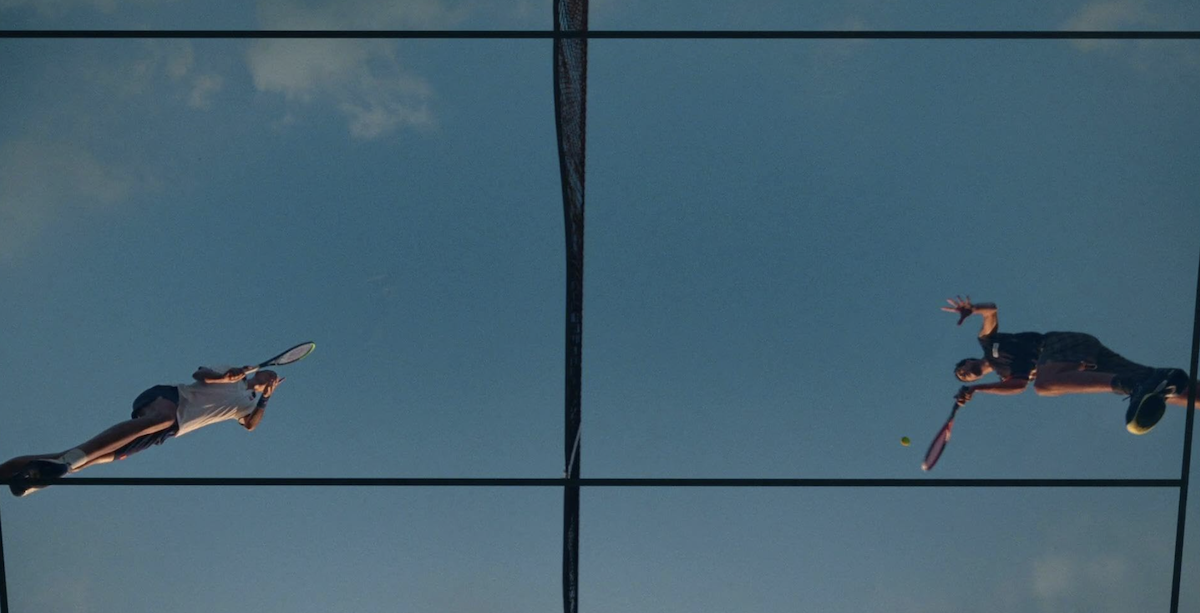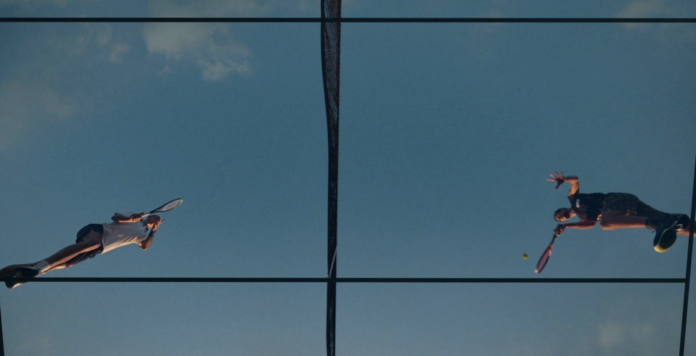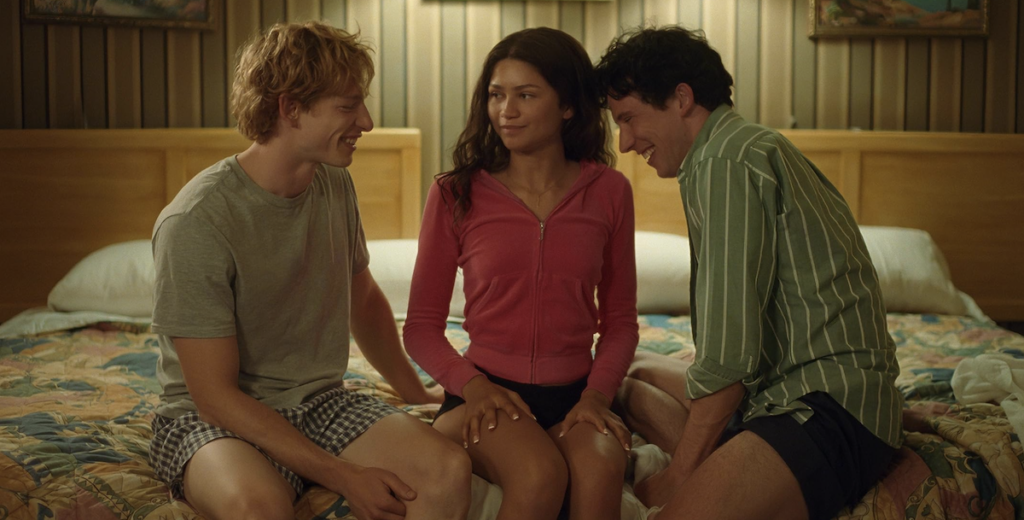Tennis
Review: In ‘Challengers’, players fight for love in a game beyond the tennis court – The Charlatan, Carleton’s independent newspaper


The sun is scorching and the stands are full. The year is 2019 and it’s the final match of the New Rochelle Challenger tournament.
Tennis champion Art Donaldson is up against the lesser-known Patrick Zweig. Sweat pours from both of their faces. The grunts from opposite sides of the court are audible over the crowd’s cheers and groans. Between sets, Patrick eats a banana whilst maintaining passive-aggressive eye contact with his opponent; maybe the audience isn’t aware of their heated history.
The scene is purposeful, fierce and undeniably erotic.
Although Luca Guadagnino’s Challengers begins and ends with the same tennis match, the film takes a while to reach its climax.
Throughout the game, the film flashes back sporadically through 13 years of lust and relationships between childhood tennis partners Art (Mike Faist) and Patrick (Josh O’Connor). Tensions escalate when they meet Tashi Duncan (Zendaya), the tennis prodigy-turned Art’s coach who’s forced to give up her career after a knee injury.
Through stylistic if overly eccentric editing and cinematography — the pinnacle of the match features a disorienting tennis ball point-of-view shot, tracking the ball’s journey as it flies across the court — Guadagnino tells a story less about tennis, and more about the disastrous tendencies of those wielding the rackets.
“You don’t know what tennis is. It’s a relationship,” Tashi says near the beginning of the film, summarizing Challengers’s entire premise: The game is about reaching a mutual understanding with your foe across the net. An understanding that transcends opponent rivalry.
“We understood each other completely. So did everyone watching,” Tashi explains after a pre-injury match where she decimated her opponent. “It’s like we were in love, or like we didn’t exist. We went somewhere beautiful together.”
Hence Challengers depicts both love and beauty with the three-way relationship between the central characters. In a flashback to 2006, Tashi perches at the end of a hotel bed, beckoning an eager Art and Patrick to join her. The boys flank her sides, both kissing her neck, before Tashi leans back to watch Art and Patrick make out.
“I’m not a homewrecker,” she states, then gets up and leaves; but not before promising her number to whoever wins the next day’s tennis match.
This game sets the catalyst for the rest of the film: who will win in a match where the players are competing for love?

At first, it’s Patrick. O’Connor plays up his haughtiness both on the court and off. From donning dark, elusively branded tennis outfits to barely wearing a towel in a sauna, O’Connor taunts with smugness and a flair of obnoxiously natural charisma. As his youthful relationship with Tashi falls apart, a note of desperation hangs from O’Connor’s smirks.
Ultimately, it’s Art who Tashi marries. Faist embodies his character’s arrogance (which is present enough to rival Patrick’s), but Art exudes a touch more of emotional vulnerability. Obnoxiousness melts into playful jeers when the childhood friends run around on the tennis court or sit across from one another, flirtatiously sharing a churro.
Though she rejects the title of “homewrecker,” Tashi is at the centre of the film’s conflict. Zendaya plays Tashi’s manipulation with alluring control and masterfully brings out the conniving selfishness harboured beneath Art and Patrick’s antics. Tashi toes the line between deceptive and outright malicious, but she wields her power with undeniable magnetism, always keeping her end goal in mind during every interaction.
But what exactly is Challengers’s end goal? The film doesn’t have much to say, other than to depict zestful relationships with unbridled tension and frustration. Its characters each strive for a love they can’t have: Art’s desire for a love-filled marriage, Patrick’s desire to play with his childhood tennis partner and Tashi’s obsession with the game she can no longer play — which in turn becomes an inability to leave the game out of her relationships.
“I just want to watch some good fucking tennis,” Tashi says.
So after the back and forth through time — a narrative structure which adeptly mirrors the spectator’s neck movements while watching tennis — we’re back at the New Rochelle match. Art is there to regain his confidence after struggling in previous tournaments, Patrick is there to win and Tashi is there to coach Art. Set to an exhilarating techno score by Trent Reznor and Atticus Ross, Guadagnino edges his audience until the game is close and the film’s brewing tensions are at their peak.
Fundamentally, tennis is what unites all three players as their lives are uniquely shaped by hitting a ball with a racket. Challengers may not exude a meaning deeper than the exhilarating thrill of the fight, but Guadagnino wants to affirm that the real winner is the sport.
And when the game is all the players know, what emerges is a heated competition to be the best. The best at tennis and most importantly, the best at love.
Featured image by IMDb.


)






